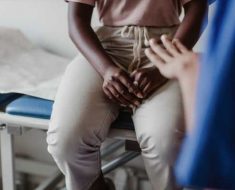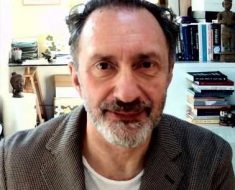
The fast motor kinetics of prestin, a protein found in the inner ear, is essential for hearing high-frequency sounds, according to a Northwestern Medicine study published in the Proceedings of the National Academy of Sciences.
All mammals, including humans, rely on outer hair cells in the ear’s cochlea to amplify and thus hear high-frequency sounds. Outer hair cells are the most vulnerable cells in the inner ear and can’t be regenerated if lost—damage to these cells usually leads to hearing loss.
The protein prestin (SLC26A5), which is named after the musical notation “presto” for its fast motor function, is known to control the contractions and elongations of outer hair cells during cochlear amplification.
In the current study, Northwestern Medicine investigators analyzed the hearing of mice that had a genetic variant that produced abnormal prestin, which has previously been linked to deafness in humans. They observed that mice with the variant showed slowed movement of their outer hair cells and were less sensitive to higher-frequency sounds.
By introducing an additional functional genetic variant of prestin that saves its speed, scientists were able to fully restore hearing in the mouse models.
The findings add to the understanding of prestin and cochlear amplification, said Kazuaki Homma, Ph.D., assistant professor of Otolaryngology—Head and Neck Surgery and senior author of the study.
“We generated this mouse model expressing the human mutation which slowed the motor function of prestin and we found that hearing got worse towards higher frequencies,” Homma said. “This is consistent with the idea that prestin’s motor function is important for high-frequency hearing.”
Moving forward, Homma said he hopes to investigate how prestin works to maintain outer hair cells.
“Once we lose outer hair cells, there’s no regeneration. They’re gone,” Homma said. “Another important area of my research will be understanding how prestin contributes to the maintenance of the outer hair cells, because we want to maintain them for as long as possible to prevent hearing loss. It is important to have these cells around if we want to target them for any therapeutics in the future.”
More information:
Satoe Takahashi et al, Prestin’s fast motor kinetics is essential for mammalian cochlear amplification, Proceedings of the National Academy of Sciences (2023). DOI: 10.1073/pnas.2217891120
Journal information:
Proceedings of the National Academy of Sciences
Source: Read Full Article





